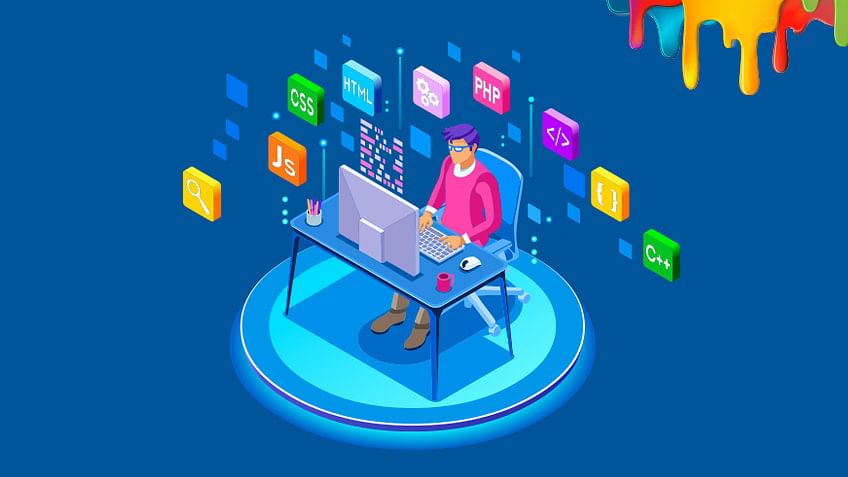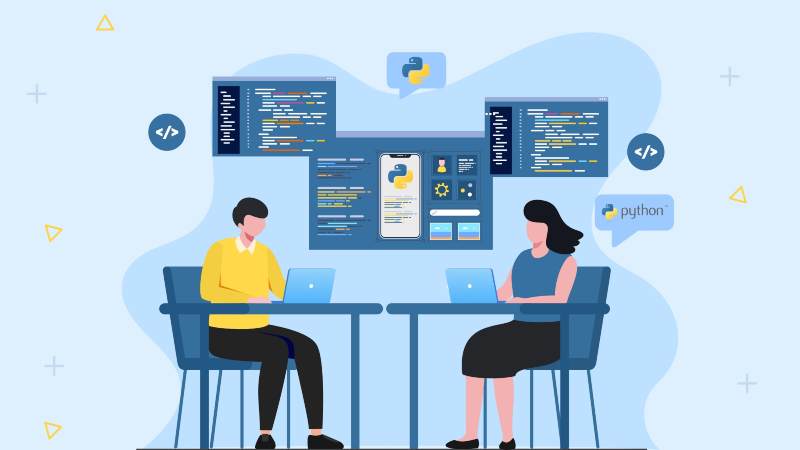Web development has become one of the most sought-after careers in today's digital world. As...
How to Choose the Right Web Development Course for Beginners
Web development is a highly sought-after skill in today’s digital world, making it an attractive field for beginners looking to build a career in tech. However, with so many courses available online, choosing the right web development course can be overwhelming. Whether you’re aiming to become a front-end developer, back-end developer, or full-stack developer, the right course can set you on the path to success. Here’s a guide to help you choose the right web development course as a beginner.
1. Determine Your Goals and Interests
Before diving into any course, it’s crucial to identify your goals and interests. Do you want to focus on front-end development, which involves designing the user interface and experience? Or are you more interested in back-end development, which focuses on server-side logic and databases? Perhaps you want to become a full-stack developer, mastering both front-end and back-end technologies. Knowing what you want to achieve will help you narrow down your course options.
2. Check the Course Curriculum
A comprehensive curriculum is key to learning web development effectively. Look for courses that cover the fundamentals, such as HTML, CSS, and JavaScript. These are the building blocks of web development. Additionally, check if the course includes modules on popular frameworks and libraries like React, Angular, or Vue.js for front-end, and Node.js, Express, or Django for back-end development. A well-rounded course should also cover version control systems like Git, and basic web design principles.
3. Evaluate the Instructor’s Expertise
The instructor’s expertise can greatly influence your learning experience. Research the instructor’s background, including their professional experience in web development and their teaching style. An experienced instructor who has worked on real-world projects can provide valuable insights and practical tips that go beyond theoretical knowledge. Look for courses taught by instructors with a proven track record in both the industry and teaching.
4. Consider the Learning Format
Different courses offer different learning formats, such as video tutorials, live classes, interactive coding exercises, and project-based learning. Choose a format that aligns with your learning style. For example, if you prefer learning by doing, a course with hands-on projects and coding challenges may be more beneficial. On the other hand, if you prefer structured learning with regular feedback, a course with live classes and mentorship might be ideal.
5. Look for Practical Projects and Portfolio Development
Practical experience is essential for mastering web development. Choose a course that includes multiple hands-on projects where you can apply what you’ve learned. These projects not only reinforce your skills but also help you build a portfolio that you can showcase to potential employers. A strong portfolio with real-world projects is often more valuable than just completing a course.
6. Assess the Course Duration and Flexibility
Consider the duration of the course and whether it fits into your schedule. Some courses are self-paced, allowing you to learn at your own speed, while others have a fixed timeline. If you have other commitments, a flexible, self-paced course may be more suitable. However, if you thrive under structure and deadlines, a course with a set schedule may keep you motivated and on track.
7. Check for Community and Support
Learning web development can be challenging, especially for beginners. Having access to a supportive community or mentor can make a big difference. Look for courses that offer forums, discussion groups, or mentorship programs where you can ask questions, share ideas, and get feedback from instructors or peers. A strong community can provide you with the support and encouragement you need to succeed.
8. Read Reviews and Testimonials
Before enrolling in a course, read reviews and testimonials from other students who have taken the course. This will give you an idea of the course’s quality, the instructor’s teaching style, and the overall learning experience. Look for feedback on whether the course met their expectations, how well the concepts were explained, and whether they felt prepared for real-world web development after completing the course.
9. Consider the Cost and Value
Web development courses range from free resources to paid programs with a hefty price tag. While cost is an important factor, it’s also essential to consider the value you’re getting from the course. Sometimes, investing in a high-quality paid course with comprehensive content, experienced instructors, and strong support can be more beneficial than opting for a free course with limited resources. Evaluate what’s included in the course and whether it aligns with your learning goals before making a decision.
10. Check for Certification and Recognition
While a certificate isn’t always necessary to get a job in web development, it can be a valuable addition to your resume, especially if it’s from a recognized institution. If you’re looking to boost your credentials, choose a course that offers a certification upon completion. However, remember that the skills and portfolio you build during the course are often more important than the certificate itself.
Conclusion
Choosing the right online web development course as a beginner is a critical step in your learning journey. By considering factors like your goals, the course curriculum, instructor expertise, learning format, and opportunities for practical projects, you can find a course that not only teaches you the fundamentals but also prepares you for a successful career in web development.
If you prefer learning at your own pace and from the comfort of your home, an online web development course can be an excellent choice. With numerous high-quality options available, investing in a well-structured online web development course can offer you flexibility, expert guidance, and practical experience to help you become a skilled web developer.


